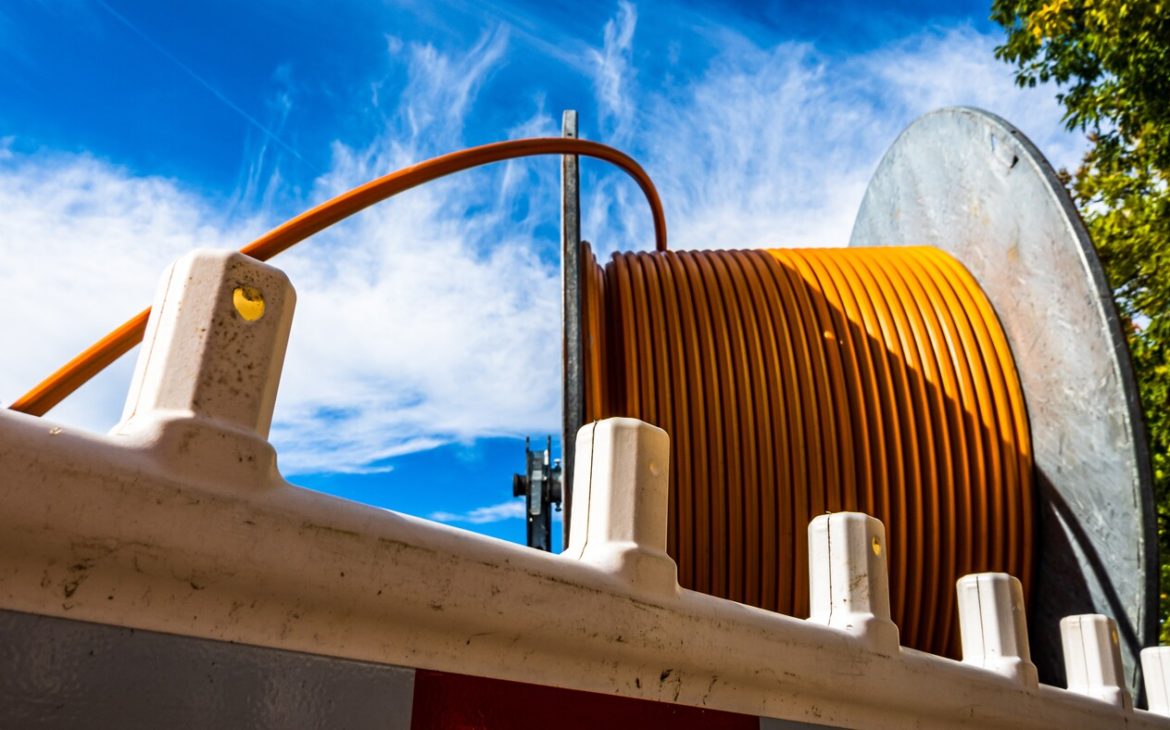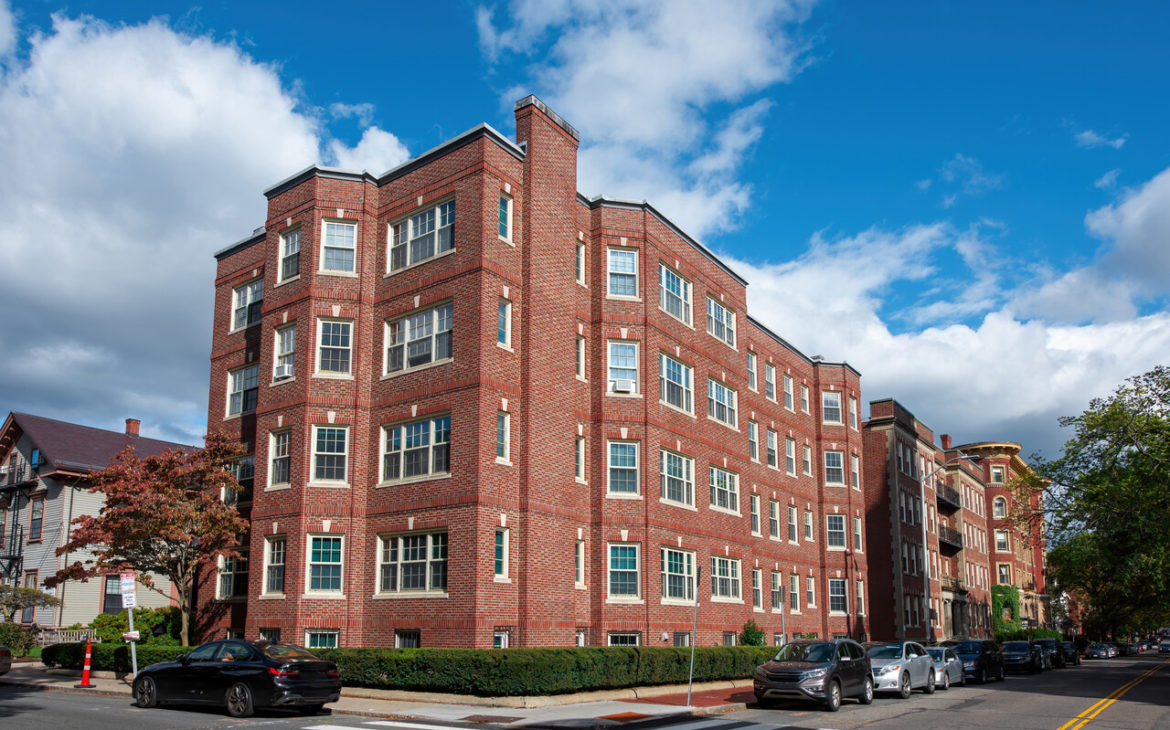In a business where occupancy drives success, fiber internet for multifamily properties can truly change the game. Property owners know it’s essential to understand what residents care about, and often that means providing amenities that matter. As resident demand for bandwidth swells, today’s owner has plenty of connectivity choices. But the contenders aren’t interchangeable. In this series, we explore the advantages of fiber internet for multifamily communities, why working with a Tier 1 ISP matters, and why a future without fiber could mean costly reinvesting, rewiring, and retrofitting.
What is fiber internet?
Let’s start with a bit of Fiber Internet 101. Fiber-optics is an internet technology that uses glass filaments and light pulses to exchange data at almost the speed of light. Unlike copper networks (copper-only cable or DSL), fiber signals aren’t as prone to distortion or outside interference, and transmission stays stronger over longer distances. Fiber internet for multifamily properties can provide unsurpassed speed, reliability, and durability—while being up to the challenge of skyrocketing internet use and emerging technologies.
Advantages of fiber internet for multifamily owners and developers

The words “fiber” and “better” are often used in the same sentence. But why is fiber better? Why is it a good business decision? Read on as we speak to the “whys” behind fiber internet for multifamily properties, the advantages of a fiber investment, and how it can shift a property’s business model for the better.
Bandwidth demand is soaring
How much people use their home internet today is rapidly changing. While that seems unsurprising, it’s also not unexpected. A theory call Nielsen’s Law has been measuring, and uncannily predicting, a high-end user’s bandwidth needs since practically the dawn of the internet. Essentially, this “law” shows that network connection speeds increase about 50 percent per year. Experts often use this data to forecast the increasing consumer need for internet speed.
Real-world trends seem to back up the Nielsen measurements, and the key drivers are all right in a typical multifamily resident’s wheelhouse. The explosion of streaming video services, e-commerce, smart home, and Internet of Things (IoT) devices, combined with our pandemic-triggered live-work-play-from-home reality, have boosted internet traffic user numbers to record levels. Pew Research shows a steady increase in the percentage of U.S. households with broadband service (more than three in four), and a 2021 Deloitte tech trends survey found that most homes now have an average of 25 connected devices. It’s an understatement to say that residents’ hunger for bandwidth is insatiable. The question is, do today’s property owners have the tech horsepower to keep up?
Six cost-effective reasons fiber works for multifamily properties
Whether it’s a new build or upgrading an existing property, fiber optic internet can set property owners and developers up for cost efficiencies they can’t get with other technologies. We’ll drill down into six.
1. Residents get their number one amenity

For years, resident survey after resident survey put high-quality broadband consistently at the top of most-desired amenities lists. According to the 2020 Renter’s Report from Buildium, a majority of respondents (53.5 percent) now say high-speed internet is their preferred necessity—beating out all other on-property perks, including pools, balconies, a laundry room, and even garbage pick-up. As a highly in-demand amenity, fiber can make properties more of a destination for tech-savvy residents. It follows that satisfied residents might also be more likely to spread positive word of mouth. As a marketing selling point, fiber internet can be that differentiator a community needs to stand out in a crowded marketplace.
2. Owners can save on reinvestments, ROI
It’s a safe bet that technologies will quickly evolve over the next couple of decades. But property owners who invest in fiber internet have a future-ready system. With plenty of untapped bandwidth, fiber can handle an explosion of resident demand and whatever technologies and applications come along next that need more speed and bandwidth. Plus, future upgrades can be made to equipment on either end of a network without the need to replace the actual fiber or infrastructure. That means owners won’t necessarily face costly new tech reinvestments every few years. Much like multifamily buildings themselves, fiber internet can be a one-time investment with a life cycle that last decades.
3. Savings on retrofitting costs because fiber is tougher than you think

Compared to earlier internet solutions, fiber’s advanced technology allows developers and property owners to install it more easily, and it is less noticeable. It’s understandable to think that glass filaments make fiber brittle and breakable. In fact, the glass in fiber-optics is strong and flexible. It’s more like a fiberglass car body (also made of glass fibers) and less like a wine glass that shatters when you drop it. Because it is so flexible, fiber can be bent around corners, twisted, and angled into tight spaces. That can make it more cost-effective and easier to install when modernizing existing properties. Some fiber is even small enough to be almost invisible when carefully placed along ceilings or molding.
4. Reduces the need for rewiring and disruptions to residents and staff
Because fiber is truly a long-term broadband medium that won’t become outdated quickly, property owners won’t feel like the clock is always ticking down to an expensive, new infrastructure investment. And upgrading a fiber network doesn’t involve replacing fiber or rewiring. So there are fewer disruptions to a community’s residents and the overall business.
5. A wide range of applications simplifies infrastructure
The simplicity of fiber technology can also lead to savings. It only takes a single fiber to deliver everything from the internet to video to voice. So developers can make a one-time investment and sidestep installing several types of wiring for individual services. The wide range of functions that fiber-optic lines facilitate can help developers save time, money, materials, and labor costs, especially if they choose to build fiber infrastructure and work exclusively with a fiber provider from the start.
6. Savings on electricity costs
Finally, the fiber-optic wiring itself can help reduce energy costs. Since fiber-optics are more efficient when it comes to moving data, fiber uses less energy than copper wires. On average, copper cables gobble up slightly more than ten watts per multifamily unit. In comparison, fiber filaments consume around two watts. At the end of the day, fiber internet can deliver lower power bills, along with faster transmission.
Ready for increased property values? Fiber can do that, too.

The potential positive impact of fiber internet on property value has been evident for years. Some fiber-enabled communities have experienced significant upticks in apartment rental values and condominium purchase prices. Given the constantly increasing need for connectivity and demand for high-speed broadband since, it’s doubtful those trends have changed.
While saving on construction costs and building value are top considerations for developers and property owners, investing in something as significant as fiber internet must show ROI. In Part 2, we’ll look at the advantages of working with a Tier 1 internet provider and why that matters to builders, developers and multifamily community owners.
Check out these related resources:
- Why Fiber Part 2: Being at the top of the class with a Tier 1 internet provider
- Why Fiber Part 3: What residents want today is what owners need tomorrow.
Contact a Quantum Fiber Connected Communities expert to learn about connectivity solutions tailored to your multifamily community
Content Disclaimer - All content is for informational purposes only, may require user’s additional research, and is provided “as is” without any warranty, condition of any kind (express or implied), or guarantee of outcome or results. Use of this content is at user’s own risk. All third-party company and product or service names referenced in this article are for identification purposes only and do not imply endorsement or affiliation with Quantum Fiber. If Quantum Fiber products and offerings are referenced in the content, they are accurate as of the date of issue. Quantum Fiber services are not available everywhere. Quantum Fiber service usually means 100% fiber-optic network to your location but, in limited circumstances, Quantum Fiber may need to deploy alternative technologies coupled with a non-fiber connection from a certain point (usually the curb) to your location in order to provide the advertised download speeds. ©2024 Q Fiber, LLC. All Rights Reserved. Quantum, Quantum Fiber and Quantum Fiber Internet are trademarks of Quantum Wireless LLC and used under license to Q Fiber, LLC.
